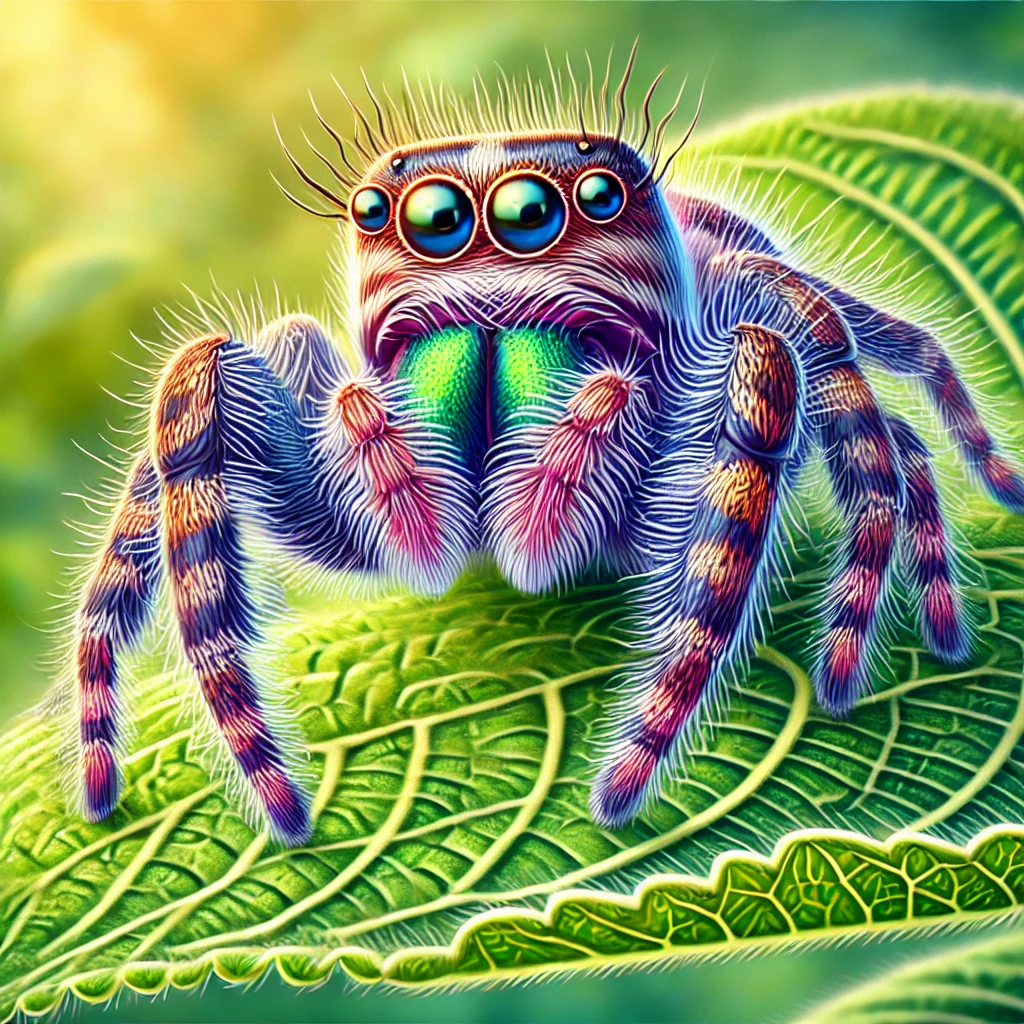Cute:2hdertbz4ik= Spider often evoke feelings of fear and discomfort, but a closer look reveals that many species possess endearing qualities. This article delves into the world of cute spiders, highlighting their unique characteristics, behaviors, and the roles they play in our ecosystems. Cute:2hdertbz4ik= Spider
Table of Contents
The Misunderstood World of Cute:2hdertbz4ik= Spider

Spiders are frequently misunderstood creatures. While some may appear intimidating, many species are harmless and even beneficial to humans. Cute:2hdertbz4ik= Spider Understanding their behaviors and ecological roles can help dispel common myths and foster appreciation for these arachnids.
What Makes a Spider ‘Cute’?
Cute:2hdertbz4ik= Spider The perception of cuteness in spiders often stems from specific physical traits and behaviors. Large, forward-facing eyes, vibrant colors, and expressive movements contribute to their appeal. Species like jumping spiders exhibit these characteristics, making them particularly endearing to observers.
Jumping Spiders: The Adorable Acrobats
Jumping spiders, belonging to the family Salticidae, are renowned for their agility and keen vision. Their compact bodies, coupled with large, Cute:2hdertbz4ik= Spider prominent eyes, give them a curious and approachable appearance. These spiders are known for their intricate courtship dances and impressive jumping abilities, which they use to hunt prey and navigate their environment.
Peacock Spiders: Nature’s Tiny Dancers
Peacock spiders, a subset of jumping spiders, are celebrated for their vibrant colors and elaborate mating dances. Males display their colorful abdominal flaps and perform intricate movements to attract females. These displays are not only fascinating but also highlight the complex behaviors present in the arachnid world.
The Role of Spiders in Ecosystems
Cute:2hdertbz4ik= Spider Beyond their charming appearances, spiders play crucial roles in maintaining ecological balance. They control insect populations, acting as natural pest regulators. By preying on various insects, spiders help reduce the spread of diseases and protect crops, underscoring their importance in both natural and agricultural settings.
Common Misconceptions About Spiders
Many fears associated with spiders are based on misconceptions. For instance, the majority of spider species are harmless to humans, and bites are rare. Cute:2hdertbz4ik= Spider Understanding the true nature of spiders can alleviate unfounded fears and promote coexistence.
Observing Spiders in Their Natural Habitat
For those interested in observing spiders, it’s best to look in gardens, forests, and other natural settings. Approaching them with respect and caution allows for a safe and enriching experience. Using tools like magnifying glasses can enhance the observation of their intricate features and behaviors.
The Fascinating World of Spider Silk
Spider silk is a marvel of natural engineering. It’s incredibly strong, flexible, and has various applications in science and industry. Some spiders produce multiple types of silk for different purposes, such as building webs, creating egg sacs, or as a safety line during jumps.
Spiders as Pets: A Growing Trend
Keeping spiders as pets has gained popularity among enthusiasts. Species like the jumping spider are favored due to their manageable size and captivating behaviors. Proper care involves providing appropriate habitats, diets, and understanding their specific needs to ensure their well-being.
Conservation Efforts for Spider Species
Habitat loss and environmental changes pose threats to various spider species. Conservation efforts aim to protect these arachnids and their habitats. Public education and research are essential components in promoting the conservation of spider diversity.
The Cultural Significance of Spiders
Spiders have been featured in folklore, literature, and art across cultures. They often symbolize creativity, patience, and resourcefulness. Recognizing their cultural significance can deepen our appreciation and understanding of these creatures.
Overcoming Arachnophobia: Steps Toward Understanding
Arachnophobia, or the fear of spiders, is common but can be mitigated through education and gradual exposure. Learning about spiders’ behaviors and ecological roles can reduce fear and foster a sense of curiosity and respect.
The Future of Spider Research
Advancements in technology have opened new avenues for spider research. Studies on spider silk, venom, and behavior continue to reveal insights with potential applications in medicine, materials science, and robotics.
Engaging with Spiders: Educational Programs and Resources
Many institutions offer programs and resources to educate the public about spiders. Participating in workshops, visiting museums, or joining local naturalist groups can provide valuable opportunities to learn and engage with the world of spiders.
Embracing the Charm of Cute Spiders
By shifting our perspective and recognizing the unique qualities of spiders, we can appreciate their roles in nature and their intriguing behaviors. Embracing the charm of cute spiders enriches our understanding of biodiversity and the intricate web of life.
Read Also: Baby:czziykpdt-q= dog





